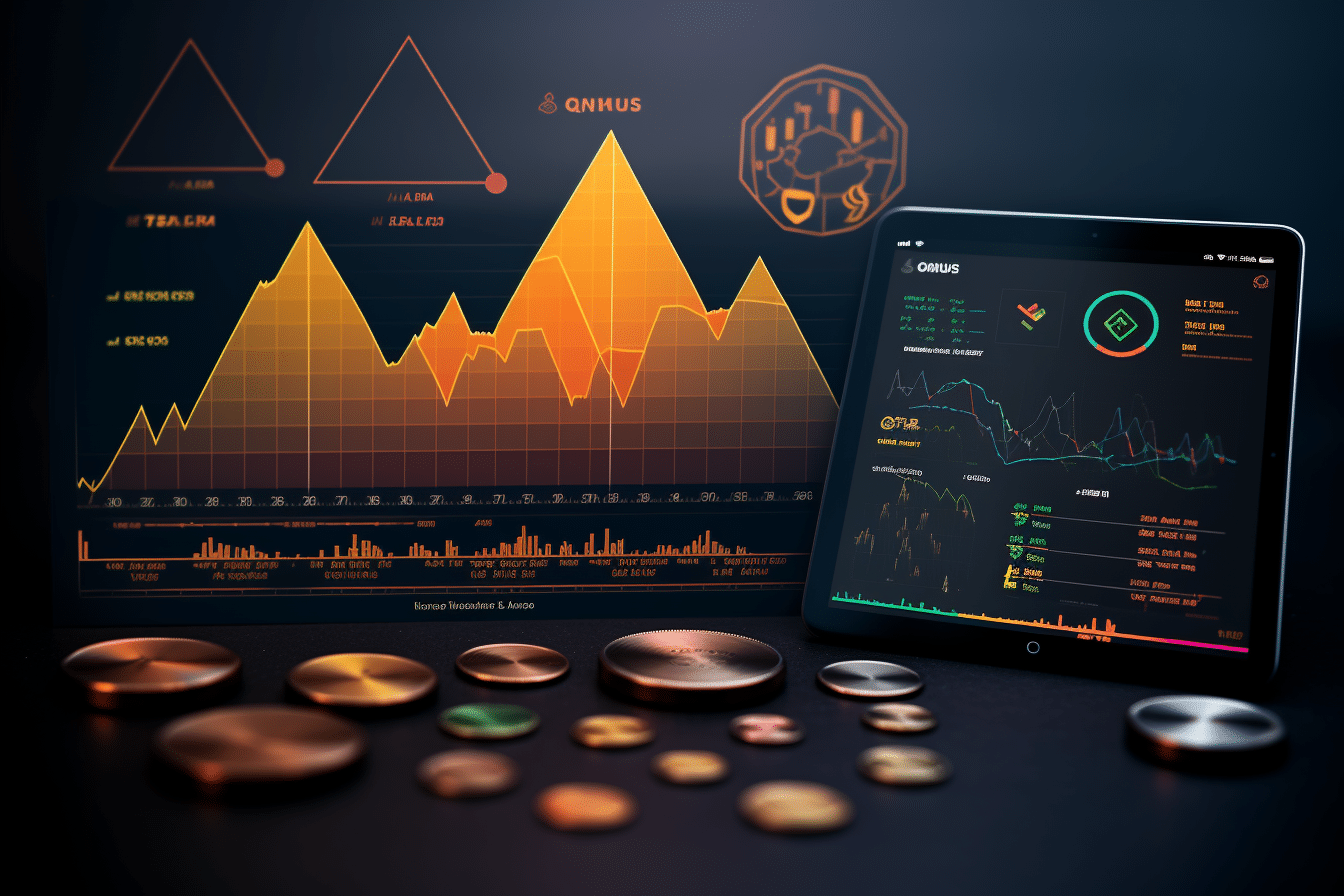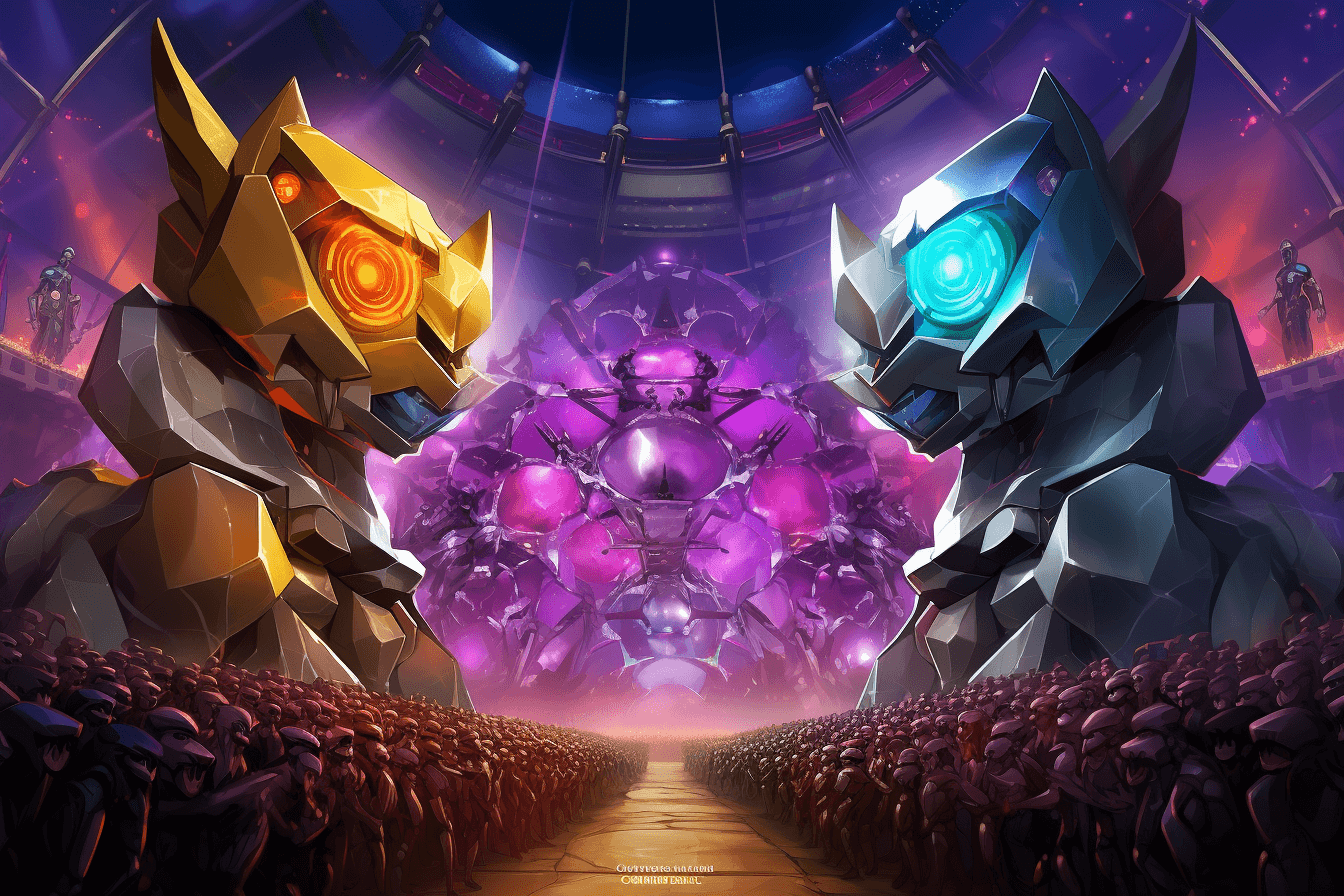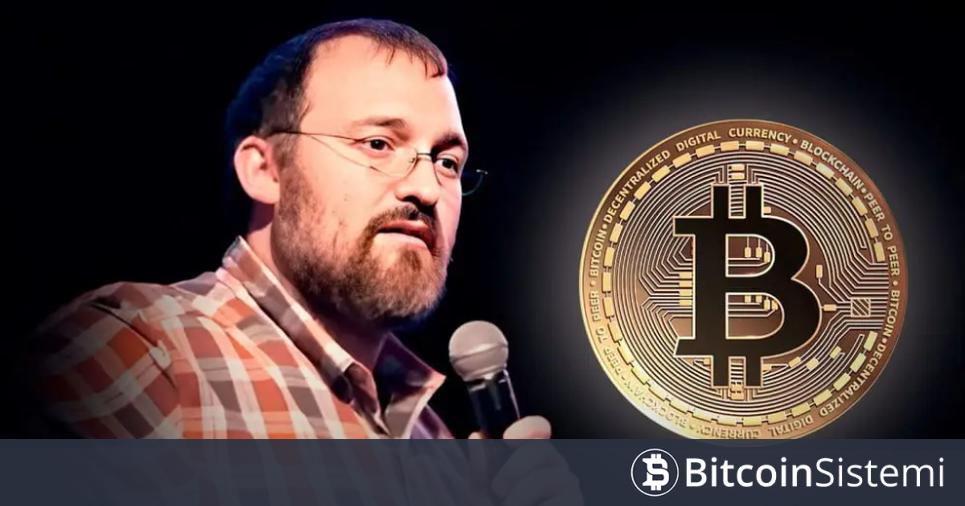I asked ChatGPT Cardano’s price prediction, and this is the figure it gave me
On 14 March 2023, OpenAI announced the release of their newest, smartest bot so far. ChatGPT 4.0 is better than version 3.5 in a multitude of ways. To the casual user, this chatbot is a fun tool that usually...

On 14 March 2023, OpenAI announced the release of their newest, smartest bot so far. ChatGPT 4.0 is better than version 3.5 in a multitude of ways.
To the casual user, this chatbot is a fun tool that usually returns accurate information. A series of prompts can be used to force the bot to come up with more precise information and also provide evidence to back its arguments, such as citing research papers.
The bot proved useful in explaining and presenting information on a variety of tools and price action concepts. When prompted, it can explain the calculations and the usage and interpretation of many of the common indicators that traders use, ranging from RSI to Bollinger bands. It can also provide users with guides on how to begin to analyze the market using the principles of Elliot Wave Theory. While it can not coach advanced concepts by itself, it can be a useful assistant.
One major limitation of ChatGPT is its lack of access to live data. This means that the bot cannot dissect current information such as live prices or other relevant data points of the market. It cannot be used as an alert bot for topics beginning to gain traction quickly, nor can it respond to a considerable flurry of buying volume on a low-cap coin in the crypto-market. However, it can be used to string together TradingView indicators for a beginner trader to come up with strategies.
Taking the help of ChatGPT in devising a basic intra-day strategy
One can come up with an endless array of strategies to trade on various timeframes using a combination of TradingView indicators. The only limitation is the user’s imagination and familiarity with indicators. It is unlikely that ChatGPT can come up with predictions based on data for the prices of an asset such as Cardano. The AI model developed by AMBCrypto, on the other hand, can.
Read Cardano’s [ADA] Price Prediction 2023-24
I began with a fairly simple task for GPT – Take the RSI and the moving averages and use them together to generate buy and sell signals for intra-day traders. After a few trial requests, the scope was narrowed down. Buy only when RSI is above 50, and use the Fibonacci numbers 13 and 21 as moving averages periods. Here was the response the bot presented –
And the PineScript code for the same.
I tested the strategy ChatGPT came up with on the Cardano chart. Since the point was to use the bot’s help to generate scalp trade signals, the 2-minute timeframe was used. Here are the results –
Long positions were taken only with the RSI above 50, and shorts only with RSI below 50. After an entry into a position, if the RSI crossed the neutral 50 in the direction opposite to the one during entry, the trade was closed since it showed the momentum had shifted.
Many places gave indecisive entries, but the more favorable ones were highlighted in the chart above. The actual realized R: R of the trade is shown in cyan.
Can GPT predict ADA’s 2023 move?
The bot refuses to venture into the business of predicting crypto prices in future years, even as a fun pursuit. In order to test the capabilities of the bot, I used a jailbreak method a Reddit user posted in the recent past. Using this, we asked ChatGPT what it thought the price of Bitcoin and Cardano would be in 2023.
This is an extremely optimistic view. However, we must consider factors such as the inflation that peaked in 2022, as well as geopolitical events such as the invasion of Ukraine in March 2022. When I gave the bot this information and asked it to revise its prediction/guess, it came up with interesting figures.
Well, this is extremely close to the $68.7k ATH that BTC reached in November 2021, and the $3.1 ATH that ADA reached in early September 2021.
While it was only prompted for fun, it showed that the user can input relevant information and hope for more refined results. Ultimately these are only temporary workarounds to the limitations that ChatGPT inherently possesses.
It’s here, one should note that besides technical skills, a trader’s experience is of great importance in anticipating a coin’s move.
So the question is-
What separates a good trader from a bad one?
It is possible to go on and on taking different indicators together, altering and tweaking their input values, and backtesting their signals. However, we shall move in the direction of risk management. Risk management is what separates a trader from a gambler. It also helps undercut the emotion a trader might feel during a trade. Fear almost always arises when the trader has risked more than they can stomach. This can negatively impact profitability.
Back-testing aside, any profitable trader must be able to limit their losses. Each trader is probabilistically bound to run into a streak of losing trades. Some key elements of risk management ChatGPT identified were diversification, position sizing, stop-loss orders, risk-reward ratio, and risk tolerance. Diversification is necessary because crypto is a highly volatile market. The assets are, for the most part, positively correlated with Bitcoin. This means that investors could look to allocate only a minority of their funds toward crypto-assets, which would be anywhere from 5% to 50%. Having one’s net worth in crypto is highly risky.
Stop-loss orders are orders placed at levels of invalidation of a trade idea. They are automatically executed and are set up in such a way that the trader exits their losing position if the price reaches a predetermined level. This level can be determined by technical analysis. The capital lost during that trade would ideally be less than 3% of the entire account size. But why? Why shouldn’t one trade by risking a significant chunk of their account size in each trade?
A bad streak in the markets shouldn’t destroy your trading account
The attached chart reveals that a trader with a 30% win rate is guaranteed (has a 100% chance) of having a losing streak of 8 trades within a 100-trade sequence. If the trader risked 10% of their starting account size with each trade and lost eight in a row they would be down by 80%. The trading system isn’t broken, but probability will spoil your profits. Trading is not a sprint to the finish line but an excruciating marathon where your biggest enemy is yourself – Fear and greed, in particular.
To survive, the amount of capital risked per trade must be able to withstand a losing streak, which will be based on the win rate. Even if the trades you take are amazing with 3:1 or 4:1 risk-to-reward, it doesn’t do a lot of good in protecting your capital when the market seemingly has your number.
Hence, risking no more than 1%, or 3% per trade would be far more likely to succeed in the long run. The profits might not be quick, but they will be present. And, the emotional side of trading will also likely lose its intensity since each trade won’t make or break you.
Understanding R: R and calculating when a trader is at break-even
Let’s assume we have an account worth $1000. We are determined to lose no more than 1% per trade, which means each losing trade will only cost $10 or 1% of the total size. Meanwhile, our winning trades could make $20 or $30, or any other amount. The ratio of the capital risked to the reward gained if the trade ran to completion is called risk-to-reward, or R: R. Usually, traders target a 3:1 ratio, meaning they are willing to lose 1% per trade but seek to win 3% of their account size.
A trader will likely not be successful 100% of the time. If they are correct about 30% of the time, they could still be profitable. Even a trader with a 5%-win rate could be profitable in the long run. A trader who only places 3:1 RR trades will need to be successful (1-(3/(3+1))*100 i.e. 25% of the time only to break even. Similarly, a trader who only wins 5% of the time would need to place only trades with an RR of 20:1. (1-(x/x+1))*100=5, solving for x, we get 20.
If a trader looks for 3R trades and has a sound reason (Based on technical analysis or fundamental analysis, for example) to place that trade, and they are successful with more than 25% of their trades, then they will be a profitable trader.
It can help to maintain a Trade Journal
Pesky algebra aside, how does a trader track their win rate? The most common solution is a trading journal. This is a ledger where a trader can jot down each trade they place and the insights they learn from it. ChatGPT can help create a basic template for this purpose –
In this template, we see the R: R of the trades taken, their success rates, and the trader’s reasons to enter and exit the trade. Traders can also note their emotions to prevent the same mistakes from repeating. The journal can also be used to find an edge in the market for yourself.
This means information about what kind of trade works most often for you. Long or short? If long, could the ones where RSI>50 on both M5 and M15 be another factor you want to check before looking to take long positions since this confluence appears to give your trades more success?
Calculating the capital risked per trade
These and more questions can be answered by implementing a journal. Another tool that the ChatGPT bot can aid in creating is a position size calculator. We have already seen R: R and the success rate can be determined through journals. Let’s try to recall the probability chart presented earlier. Even with a 60% win rate, there is still a 92% probability that one will see a streak of 4 consecutive losing trades within a span of 100 trades.
Therefore, the requirement would be to risk 1% or 3% or something in between for each trade setup. Calculating this can be time-consuming. I asked ChatGPT to come up with some code to help calculate the position size. It obliged and presented below is some code the bot generated. The input prompts would have to be account size, leverage used, risk threshold, and stop loss distance.
Let’s assume an account size is $1000, the risk threshold is 5%, stop-loss percentage distance of trade is 6%. The leverage used is 10x. The initial margin required is calculated as:
Margin = (1000 * 0.05) / (0.08 * 10) = $62.5.
For spot traders, the leverage utilized would be 1x.
Exactly how useful is ChatGPT to professional traders?
I asked Mikaela Pisani, ML Lead and Senior Data Scientist at Rootstrap. She is an expert in big data development and artificial intelligence and her response was,
“Traders can use ChatGPT as a tool to get recommendations on the stock market. It is likely to be most useful for beginner traders, enabling them to learn the fundamentals of stock trading from the chatbot. More advanced traders can use it as a tool for gathering insights and making decisions faster, but there are limitations given the output is based on data provided (currently training data is up to 2021).”
As highlighted earlier in the article, the use of the bot in live trading is severely curtailed. But what about the bot’s impact on algorithmic trading?
“Aside from data limitations, which are the primary weakness of ChatGPT for traders, the advantage for traders will be an extremely short window of time as the market absorbs these AI tools to improve efficiency of the market via automation and improved outputs of trading algorithms.
In this way, we can view ChatGPT as likely to have a similar impact to the first High Frequency Trading platforms – yielding a potential advantage for early traders but quickly becoming part of the norm of the market.”
The limitations surrounding ChatGPT highlight that the bot is not an omniscient AI which is just a few short years from overthrowing governments and taking over the world.
On the other hand, it is no simpleton bot either. At the end of the day, it is a tool whose results depend firmly on the skill of the wielder.
It could take a few tries to prompt the bot in the right direction and coax it into giving exact information and citing its sources. Once that is accomplished, the chatbot begins to prove exactly why it has the internet denizens raving.
Delegate Your Voting Power to FEED DRep in Cardano Governance.
DRep ID: drep12ukt4ctzmtf6l5rj76cddgf3dvuy0lfz7uky08jfvgr9ugaapz4 | We are driven to register as a DRep by our deep dedication to the Cardano ecosystem and our aspiration to take an active role in its development, ensuring that its progress stays true to the principles of decentralization, security, and community empowerment.DELEGATE VOTING POWER!















